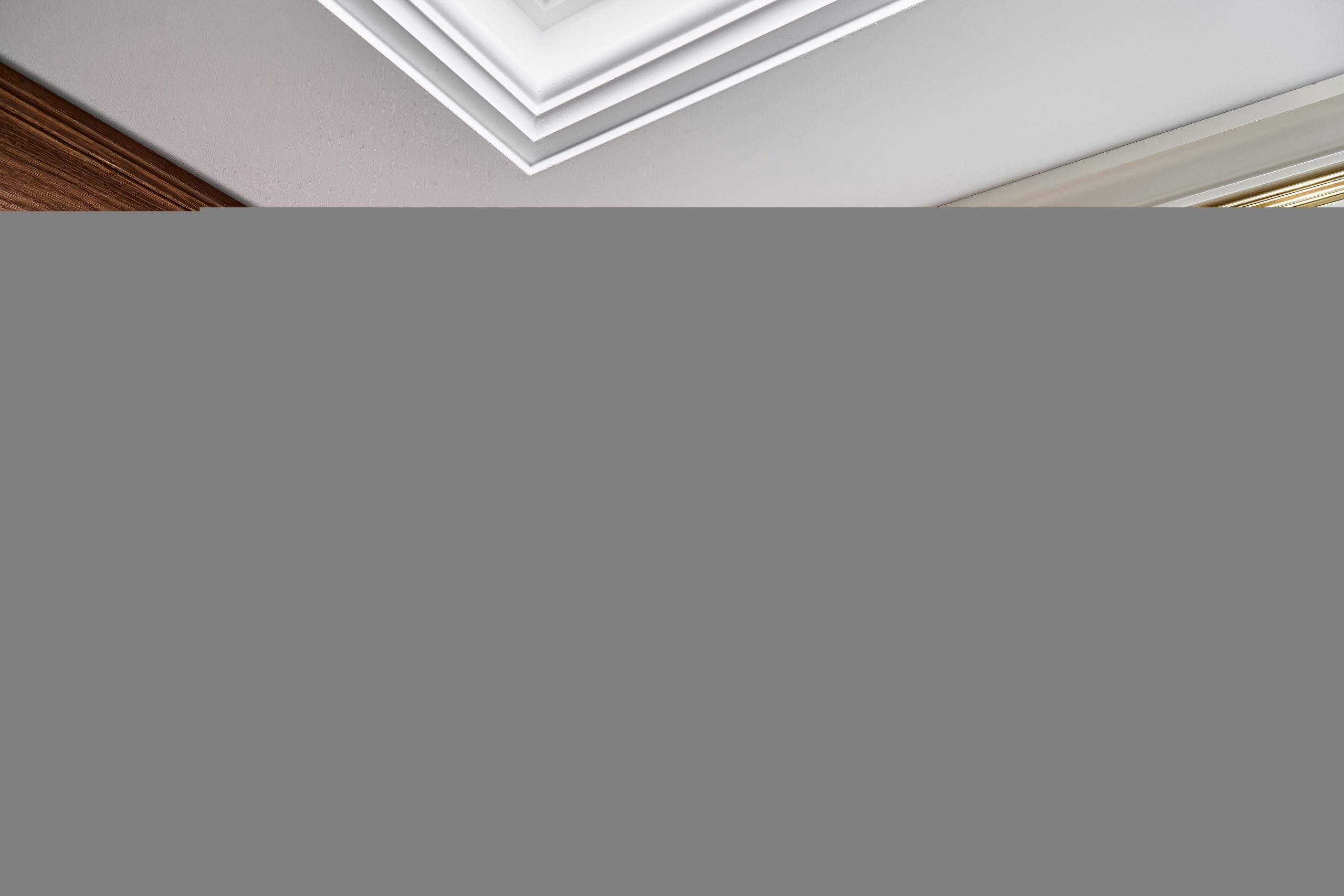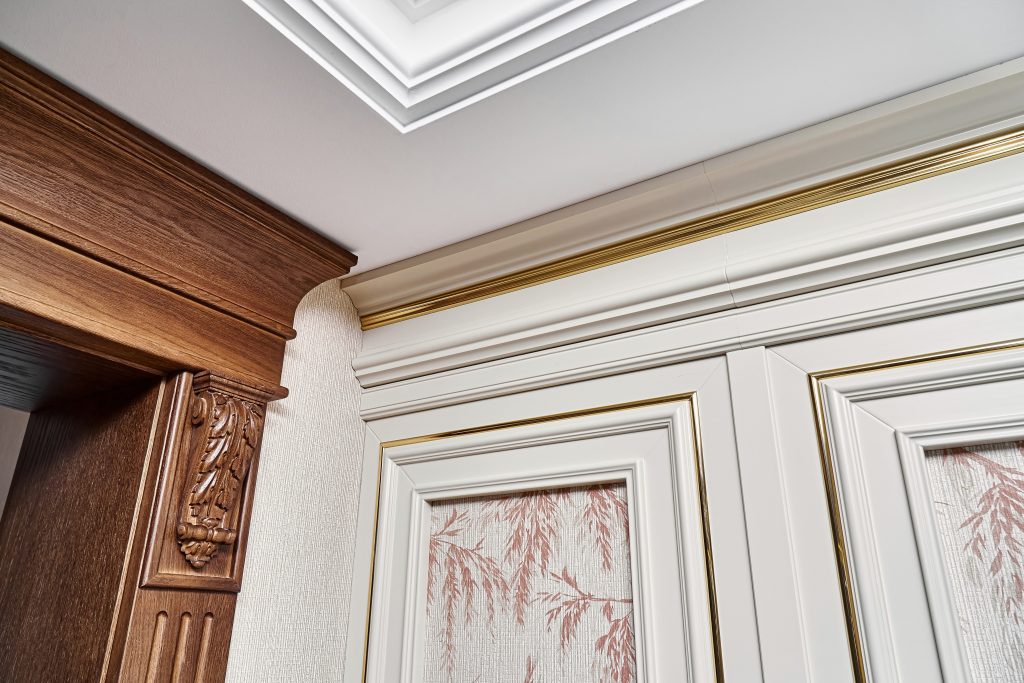
You have probably walked into a room and felt something was missing. The walls look plain, the ceiling feels disconnected, and the space seems unfinished.
This happens because small details are often overlooked in home design. Without them, even expensive décor and furniture can look incomplete. One of the most effective yet underestimated details is coving. Many people do not know exactly what it is, what it is made of, or why it matters. Some confuse it with cornice, while others think it is outdated and unnecessary.
The truth is, coving is a versatile and practical feature that has been used for centuries to give interiors a polished look. In this guide, we will explain what a coving is, explore what a coving is made of, highlight different types, compare it to cornice, and provide tips on choosing and installing the right style for your home. By the end, you will know how this simple detail can transform your living space.
Coving is a type of moulding that runs along the junction between the wall and the ceiling. Its main purpose is to create a smooth, curved transition between the two surfaces. Unlike cornice, which can be elaborate and decorative, coving is usually simple and uniform in shape.
The most common shape is a gentle “C” curve, which softens the sharp angle where the wall meets the ceiling. This makes a room look more balanced and finished without drawing too much attention to itself.
In modern design, coving is valued for its clean and understated style. It is widely used in both traditional and contemporary homes.
A key question many people ask is what a coving is made of. The answer depends on the type of property, the budget, and the look you want to achieve.
Here are the most common materials:
Each material has advantages. Plaster is authentic but costly. Polystyrene and polyurethane are affordable and DIY-friendly. PVC works well in damp areas. Choosing the right option depends on the function and style of your room.
Coving has its roots in classical architecture. While cornices were elaborate features of temples and palaces, coving evolved as a simpler alternative for domestic buildings.
In the Georgian and Victorian eras, plaster coving became popular in homes across Europe. It was less ornate than cornices but still added elegance. The curved design softened sharp angles and created a sense of flow between vertical and horizontal surfaces.
Today, coving is still widely used, not only in traditional homes but also in modern minimalist spaces where clean lines are essential.
Coving may seem like a small detail, but it offers many advantages:
Coving comes in a range of styles and profiles to suit different tastes. The main types include:
By choosing the right type, you can match the coving to your home’s design theme.

Coving and cornice are often confused, but they are not the same.
Feature | Coving | Cornice |
Design | Simple and curved | More ornate and decorative |
Usage | Modern and minimalist homes | Period and traditional properties |
Size | Slim and subtle | Larger and more detailed |
Material | Often polystyrene, polyurethane, plaster | Plaster, wood, polymers |
Impact | Creates clean transitions | Adds grandeur and character |
In short, coving is about simplicity and balance, while cornice is about detail and ornamentation.
Coving is versatile and can be used in different spaces:
When selecting coving, consider these factors:
Installing coving can be a DIY project if you choose lightweight materials.
Steps include:
For plaster coving, professional installation is recommended. It requires precision and is heavier to handle.
Maintaining coving is simple:
The cost depends on the material and size:
Professional installation adds labour costs, typically £8 to £20 per metre.
What is a coving in simple terms?
Coving is a curved moulding that runs between the wall and ceiling, giving rooms a neat, finished look.
What is a coving made of?
It can be made of plaster, polystyrene, polyurethane, wood, gypsum, or PVC, depending on the style and budget.
Is coving old-fashioned?
No, coving is still popular. Modern styles such as stepped or shadow gap coving are designed for contemporary interiors.
Can you paint coving?
Yes, coving can be painted in the same colour as the ceiling or in a contrasting colour for emphasis.
Do all homes need coving?
Not always, but it adds polish and can help conceal uneven plasterwork at the ceiling junction.
So, what is a coving? It is a simple yet effective design feature that bridges the gap between walls and ceilings. Unlike cornice, which is elaborate, coving is subtle, curved, and versatile. It enhances interiors by softening lines, hiding imperfections, and adding understated elegance.
Knowing what coving is made of helps you choose the right material for your home, whether you want the authenticity of plaster, the affordability of polystyrene, or the durability of polyurethane.
By selecting the right style and installing it correctly, you can transform any room into a polished, professional-looking space.
Copyright © 2025 Judge Plastering. All Rights Reserved.